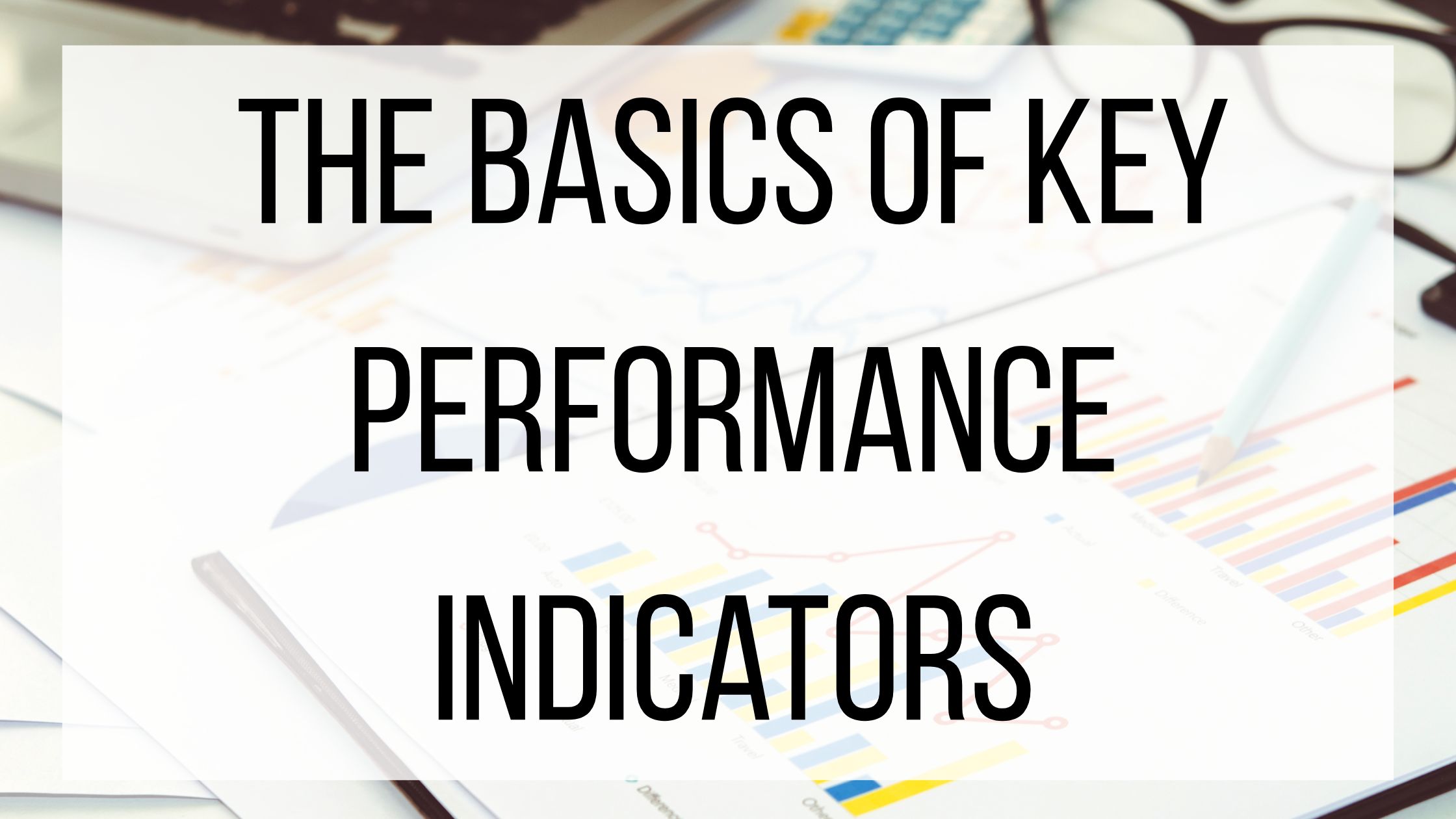The Basics Of Key Performance Indicators

Tracking your social media performance isn’t difficult. Looking at the number of views, likes, comments, and saves is pretty straightforward. Knowing what to do with that information is a different story. Although plenty of businesses get by without tracking their Key Performance Indicators (KPIs), if you want to have the most success with your marketing, tracking your KPIs is a must. If KPIs are new to you, here is a little more about what they are and the most important ones to track.
What Is A Key Performance Indicator?
Key Performance Indicators are numbers that help you measure how well your content is doing. Unlike measuring general metrics, KPI’s are tied to specific goals that you have set. For example, if your goal is to grow brand awareness, you might include follower growth as a KPI. Your KPI’s are key to tracking if you are moving in the right direction toward what you want to accomplish.
How To Set Key Performance Indicators:
Before you start tracking KPIs, you need to set goals for your business. The purpose of tracking KPIs is to help you achieve your goals and map out a path to get there. Pick one or two goals to start with- do you want to raise brand awareness? Get more website traffic? Increase engagement? After you have your goals in mind, use the SMART method (Specific, Measurable, Attainable, Relevant, and Timely) to solidify them. This could look like gaining a certain number of followers on a specific social media platform, increasing your views or website visitors by a specific number or percentage, or making x number of sales- as long as your target is clear and focused, you can use anything you think will help you reach your goal. Check in regularly to see how you are doing and update your methods if they aren’t working.
Key Performance Indicators To Track:
KPIs can be split into five main categories, all of which are important depending on your goals.
Engagement is the first category, and one of the most important ones when tracking your social media KPI’s. They show you what your audience is connecting with and where you have some gaps in your content. Likes, comments, link clicks, shares, saves, and mentions all fall under this category.
Awareness KPI’s measure how many people are becoming familiar with your brand and seeing your content. This is important to measure if one of your goals has to do with growth, brand recognition, or if you are about to launch a new product. Impressions, followers, growth rate, and reach are all KPI’s you can track to increase awareness.
Customer Care KPIs track how your social media audience feels about experiences they have had with your brand. Customer care is often overlooked, but many social media users praise brands that put a focus on their experience and will often stay loyal to them. Customer satisfaction scores, customer lifetime value, contact resolution, number of issues, and average response time all fall under customer care. This can be a tricky category to track and improve, but it is well worth the effort.
Content Performance KPI’s help you figure out what content your audience is loving, and where you are falling flat. Although content performance goes hand-in-hand with engagement, they are different categories. Video views, average watch time, content frequency, and top performing content are KPI’s to track in this category.
Your KPI’s are the key drivers that connect your efforts to your goals. They help you stay organized, monitor your progress, and identify areas of your business that may need improvement. Since there’s no one-size-fits-all approach to KPI’s, collaborate with your team to develop a strategy for tracking data and working together to achieve your objectives.


